#bio organic food
Text
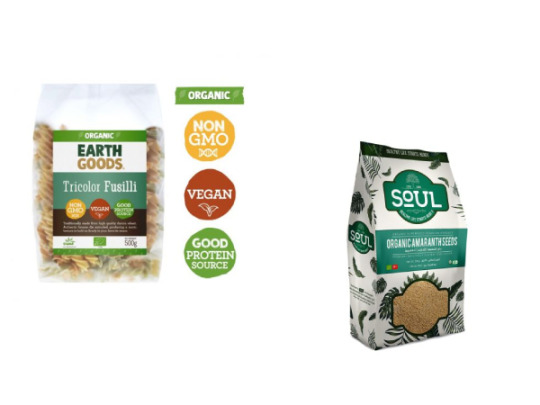
Bio & Organic Food - Healthy Living - Browse Store
Order fresh organic fruits and vegetables, sourced from organic farms across the world, online, from Waynik. https://www.waynik.com/browse-store/healthy-living/bio-organic-food.html
#waynik#grcoery#groceries#fresh organic fruits#same day delivery#fresh organic vegetables#healthy living#bio organic food
0 notes
Text
"A new community housing development in the Bronx will feature a cool piece of kit: an on-site aerobic digester that can turn 1,100 pounds of food scraps into 220 pounds of high-quality fertilizer every single day.
Built by Harp Renewables, it’s basically a big stomach filled with bacteria that breaks down food scraps and wasted food into their component parts, and in the future could be a standard part of all apartment units as the amount of food waste in American reaches 30% of the total mass of all trash collection.
The Peninsula, organized by Gilbane Development Company, will feature 740 units of affordable housing, 50,000 square-foot light industrial space and equal sized green space, and 15,000 feet of commercial space, all of which will send their castaway comestibles right into the digester...
Fast Company reports that Christina Grace, founder of a zero-waste food management company, helped plan the design and implementation of the digester into The Peninsula, and helped organize a 40% grant from the city to pay the $50,000 upfront cost.
“The goal is for this material to work its way into the community garden network in the Bronx,” [Christina Grace, who helped plan the design] told the magazine, adding that she expects it to pay for itself over just a few years. “We see this as highly replicable in both commercial and residential venues. We know there’s a need for fertilizer.”
Producing fertilizer right there in the city reduces the need for it to be trucked in from afar, chipping away, even if just a bit, at NYC traffic.
Big problem solver
Perhaps uniquely beneficial to New York City compared to other spots in the U.S. is that the digester will have a significant impact on the Bronx’s share of the city’s rodent problem.
Those who’ve watched the Morgan Spurlock documentary Rats will understand why that’s significant—while those that haven’t will have to imagine what living in a megacity where rats outnumber people by around 8 or 10 to 1 looks like.
Another big problem the bio-digesters could potentially help is pollution and greenhouse gas emissions. Fertilizer is a big emitter of all three of the most-targeted GHGs. Fertilizer, like quarry dust and ammonia is, like so many commodities, often imported from countries who specialize in its production, such as Norway, but also Russia and Ukraine, whose conflict has recently highlighted the fragility of the supply chain with sharp increases in prices...
Bio-digesters by design keep the CO2 and methane in the fertilizer produced, rather than it entering the atmosphere.
For these reasons and more, the aerobic bio-digester is slowly making its way into residential and industrial spaces around the country.
GNN reported on an enormous bio-digester at the heart of the D.C. advanced resource (sewage) recovery center outside the capital, and on the use of bio-digesters on Australian pig farms which are helping reduce the environmental and psychological impact of the effluent produced from such operations.
Harp Renewables tweeted how happy they were to have installed their bio-digester in the town of Cashel, Ireland.
Expect to see more stories like this pop up around the globe."
-via Good News Network, March 17, 2022
Note: Obviously gentrification bad and "affordable housing" is sometimes nowhere near as affordable as it should be, etc. etc. That said, this is such a fantastic use case that I felt I had to post it anyway.
#new york#new york city#bronx#bronx new york#supply chain#fertilizer#circular economy#sustainability#sustainable architecture#sustainable agriculture#united states#apartment buildings#bio-digester#good news#food waste#organic waste#hope#hope posting
322 notes
·
View notes
Text
If we want to reduce the heat we need to plant way more trees.
They provide shade, food, and effectively cool down the environment because they don’t hold heat like asphalt, pavement, bricks, traditional roofs, etc.
Trees provide habitat for birds which eat immense amounts of insects including caterpillars, mosquitos and flies, while also fertilizing the soil with their manure.
Some trees fix nitrogen into the ground making the soil more fertile in a natural and effortless and free way, just by standing there.
More trees also means more wood.
Trees can be used to create food forests, which in turn reduce the chances of forest fires because with well-managed living crops growing in the soil under the trees they hold more moisture and don’t catch on fire so easily.
You can prune them at will to give the lower crops the perfect amount of light and shade. With the pruning we can create mulch, (fire)wood, and wood chips mixed with mycelium for making walkingpaths that grow mushrooms.
Add a small amount of chickens per large area and you have extra fertilization and excellent pest control as they eat the insects that also like to eat vegetables. Include ducks and they will get rid of the slugs too.
Tree roots also hold the soil together, preventing soil erosion while providing excellent drainage so that when it rains, the water can penetrate the soil faster and deeper, effectively absorbing floods as well.
#permaculture#sustainable farming#garden#gardening#organic gardening#food forest#foodforest#biodiversity#regenerative farming#regenerative agriculture#regenerative ag#regenerative gardening#organic agriculture#bio#organic#how to prevent forest fires#how to make more food#how to create more food#foodshortages#plant more trees#trees#planting trees
207 notes
·
View notes
Text

Pecan tree charcoal which we made in a process called biochar. We add this to compost and over time the beneficial bacteria in the compost join the carbon and they live happily ever after for hundreds of years.
#compost#soil#pecan wood#bio char#permaculture#biodynamic#food systems#atlanta urban ag#urban ag#food access#soil food web#biodiversity#soil creation#worms#organic#polyculture#soil health#food justice#food security#vermicomposting#food sovereignty#beneficial bacteria#soil organic carbon#carbon cycle#maurice small
88 notes
·
View notes
Text

3 notes
·
View notes
Text
My greatest rival in the debate on whether the world can sustain food production without mineral fertilizers is my beloved wife. Whole Foods is indeed our preferred store. However, despite my respect for organic farming, I believe the world will still require a significant amount of mineral fertilizers. Yesterday, it rained all day in London, giving me plenty of time to write this detailed piece.
The Challenge of Producing Enough Agricultural Products Without Mineral Fertilisers
As the global population continues to rise, the demand for agricultural products increases alongside it. This has prompted an ongoing debate about the sustainability of agricultural practices, particularly the use of mineral fertilisers. While there is a growing interest in organic farming and other sustainable practices, there are significant challenges to producing enough agricultural products without the aid of mineral fertilisers. Here's an examination of why this is a daunting task.
One of the primary reasons for the widespread use of mineral fertilisers is the rapid depletion of soil nutrients due to intensive farming practices. Continuously cropping the same land without allowing time for natural regeneration strips the soil of essential nutrients like nitrogen, phosphorus, and potassium, which are crucial for plant growth. Without replenishing these nutrients through fertilisation, soil becomes less fertile over time, significantly reducing yields.
The global population is expected to reach nearly 10 billion by 2050, significantly increasing the demand for food. With limited arable land available, the pressure to maximise yields from every acre is immense. Mineral fertilisers have been instrumental in boosting crop productivity to meet this demand. Without them, current agricultural land would struggle to produce the necessary quantities of food, potentially leading to food shortages and higher prices.
While organic farming and other sustainable practices offer numerous environmental benefits, scaling these methods to meet global food demand poses significant challenges. Organic methods typically require more land to produce the same amount of food as conventional farming due to lower yields. Moreover, transitioning to organic farming on a global scale would require a substantial increase in organic matter inputs, such as compost and green manure, which may not be available in sufficient quantities.
Climate change exacerbates the challenge of growing enough food without mineral fertilisers. Increasingly unpredictable weather patterns, including droughts and floods, can degrade soil quality and reduce crop yields. Mineral fertilisers can help plants better withstand these stresses by enhancing their growth and resilience. Without them, crops may be more vulnerable to climate change impacts, potentially leading to lower productivity.
Implementing sustainable agricultural practices on a large scale requires significant technological innovation and financial investment. Smallholder farmers, who produce a significant portion of the world's food, often lack access to the resources needed to transition away from mineral fertilisers. The upfront costs and learning curve associated with adopting new methods can be prohibitive, limiting the feasibility of moving away from mineral fertilizers in many parts of the world.
While the aspiration to reduce dependence on mineral fertilisers is commendable, the reality is that they currently play a critical role in global food security. To produce enough agricultural products to feed the world without them, we would need significant advancements in sustainable farming practices, technological innovation, and global cooperation. Until such solutions are developed and widely implemented, mineral fertilisers remain an essential tool in meeting the world's food needs.
2 notes
·
View notes
Text

Green gourmet farm logo design ☆☆☆
Need a new logo for your business? PM us for details:
#greens#gourmet#farm#organic#bio#fast food#califorina#santa barbara#logo designer#entrepreneur#business#branding#artists on tumblr#mockup#presentation#print design
38 notes
·
View notes
Text
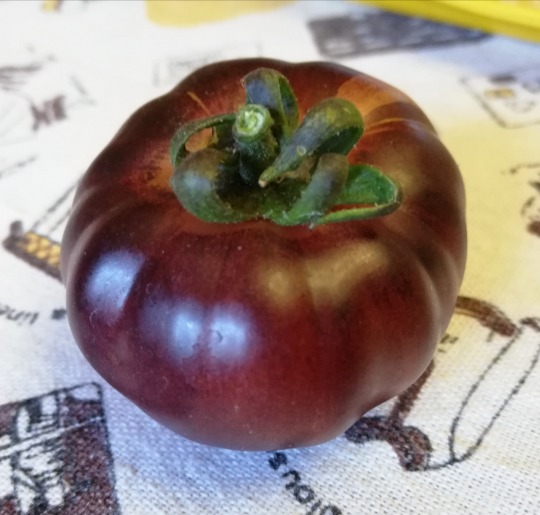

庭から採れたトマト。
2 notes
·
View notes
Text
Plato-paisaje: Quiche de acelgas y queso de cabra madurado

Es temporada de acelgas en La Huerta de Abril y con motivo de la visita que realizamos En Madrid, cada plato es un paisaje a Bustarviejo este otoño, para conocer el proyecto de Nuestras Huertas Sierra Norte, decidimos preparar un nuevo plato para nuestro Recetario que compartimos aquí.
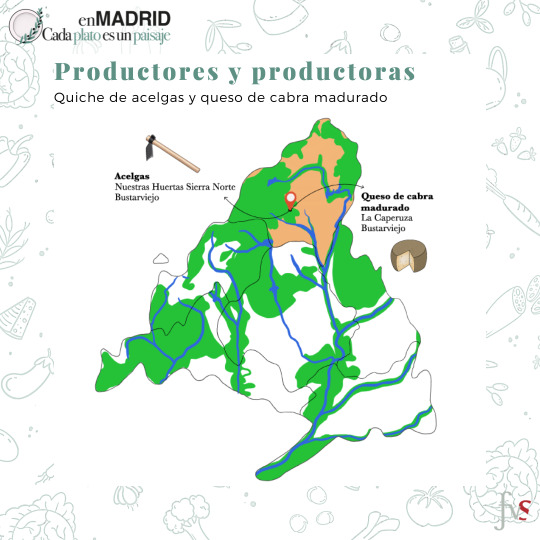
Os animamos a cocinar este fin de semana una quiche de acelgas de Nuestras Huertas Sierra Norte y queso de cabra madurado de la Ganadería y quesería La Caperuza, ingredientes muy vinculados a los paisajes serranos madrileños, cultivados y criados con mucho mimo, siguiendo criterios de agroecología, agricultura ecológica y ganadería extensiva.

La receta es sencilla y los ingredientes son:
- 1 manojo de acelgas multicolor
- 1 cebolleta mediana
- 1 puerro
- Queso de cabra madurado moho
- 100 ml de nata vegetal
- 3 huevos
- Masa brisa o quebrada
- Piñones
- Aceite de oliva virgen extra ecológico
- Sal
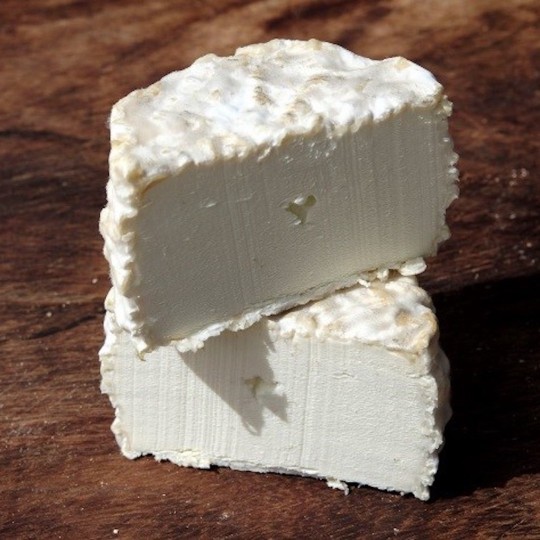
Si quieres conocer los pasos para realizar esta receta y conocer La Huerta de Abril de Nuestras Huertas y la Ganadería y quesería La Caperuza entra a nuestro recetario: Quiche de acelgas y queso de cabra madurado. En él podrás recorrer las comarcas agrícolas de la Comunidad de Madrid y descubrir la variedad de alimentos que se producen en su territorio, a través de nuestro recetario, sus productores y sus paisajes.
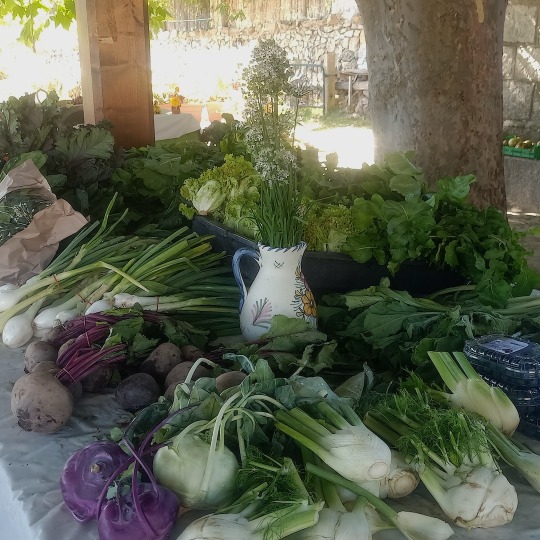
¡Buen provecho!
#Alimentación sostenible#Alimentación saludable#Consume local#De temporada#Ecológico#Bio#Organics#Agroecología#Ganadería extensiva#Pastoreo#Platos#Recetas#Sostenible#Sostenibilidad#Paisaje#Biodiversidad#ConvocatoriaMADS#Food
1 note
·
View note
Text
0 notes
Video
youtube
Chickens are living pesticide, fertilizer and soil preparators.
And you get eggs on top of that!
#permaculture#organic farming#smart farming#bio tuinieren#organic gardening#grow your own food#how to grow your own food#chickens#eggs#how to fertilize#how to fertile soil#no-till#no till#no till gardening#notill
12 notes
·
View notes
Text
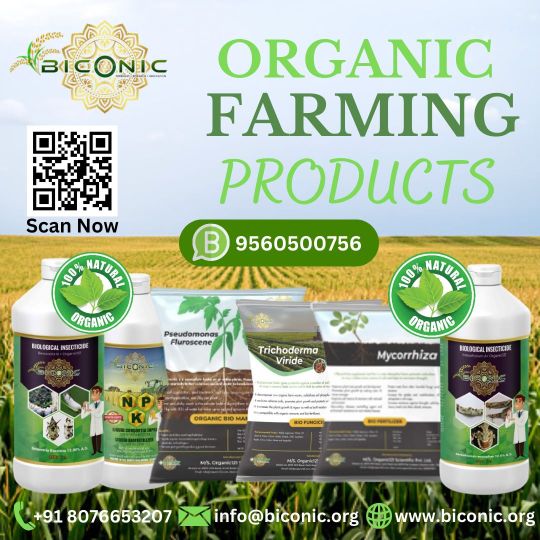
organic farming product . .
contact us: 8076653207
#organic#vegan#natural#healthy#skincare#healthylifestyle#healthyfood#health#food#nature#beauty#plantbased#love#wellness#bio#foodie#handmade#cannabis#glutenfree#crueltyfree#cbd#organicskincare#organicfood#sustainable#homemade#ecofriendly#growyourown#gardening#garden
0 notes
Text
0 notes
Text
What are the benefits of switching to organic food

There are things to consider when thinking about switching to organic food. If you want to make that change, it’s best to research, make a pros and cons list and decide whether you’d like to take up that.
There are many benefits when it comes to eating organic. And those benefits go beyond health. So if you want to be environmentally friendly, there are more than a few reasons you should switch to organic foods.
Health Benefits of Eating Organic Food
Eating healthy is a priority for a lot of people these days. Choosing fresh instead of processed food is undoubtedly a better way to care for your body.
Switching to organic food can be a challenge, and it is not for everyone. However, if you think you can do it, great! We have listed some helpful information you might find interesting to help you decide.
Read full article : https://www.representorganic.com/post/should-we-switch-to-organic-food
#organic#sustainableliving#bio#food#sustainable#alternative and sustainable energy#organicfood#healthy diet#diet#ecofriendly
1 note
·
View note
Text
Unmasking the Truth Behind World Hunger – Part 3!
In this final installment of our three-part series on world hunger, we're going to explore the issue of overpopulation and how it's contributing to world hunger.
companies estimate that about 120 kilogram of poultry can be produced on one hectare of land so to produce 65 million tons of protein we would need at least 541 million hectares of land even more since it's not 100 protein that saves a lot of pesticides antibiotics herbicides and many other chemicals normally needed for food production this means that 541 million hectares of potential rainforest can be saved just by the protein produced by the black silver
#In this final installment of our three-part series on world hunger#we're going to explore the issue of overpopulation and how it's contributing to world hunger.#In this video#we'll look at how 120 kilograms of poultry produced on one hectare of land can provide 65 million tons of protein. We'll also take a look a#and how that's contributing to world hunger.#So what do you think? Is overpopulation a factor in world hunger? Let us know in the comments below!#companies estimate that about 120 kilogram of poultry can be produced on one hectare of land so to produce 65 million tons of protein we wo#Unimother exist to remove plastic and organic waste from every home. The production of food destroys rainforest#water bodies and kills insects. Nonetheless we create 1.3 trillion kg food waste every year. We are eliminating the bio waste and make it a#viral#fyp#fy#sustainability#wastefree#wasteremoval#trash#environment#plasticfree
1 note
·
View note
Text
Sip Greener
How the Sustainability Movement is Revolutionizing the Beverage Industry
The Growing Sustainability Movement
The Growing Sustainability Movement is gaining momentum with more and more individuals, companies and organizations recognizing the need for more sustainable practices in day-to-day life. Sustainability is a key component for the health of our planet and is becoming increasingly…

View On WordPress
#bio-based materials#carbon footprint#circular economy#compostable materials#eco-friendly production#energy efficiency#ethical sourcing#food waste reduction#green initiatives#greenwashing#local sourcing#organic farming#plastic reduction#reduced emissions#renewable resources#sustainable farming#Sustainable packaging#water conservation#zero-plastic#zero-waste
0 notes